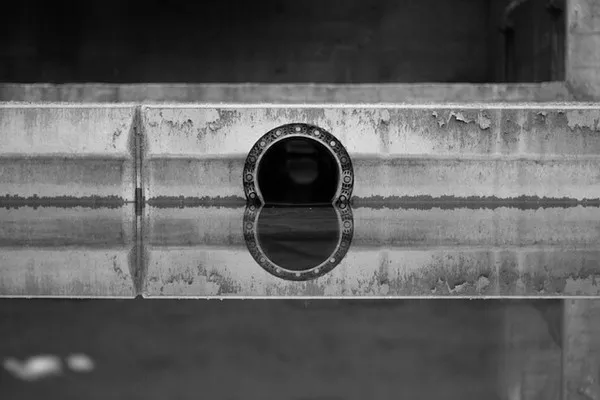Sewer systems play a critical role in maintaining public health, environmental sustainability, and overall quality of life in urban areas. These intricate networks of underground pipes and structures are responsible for collecting and transporting wastewater and stormwater away from homes, businesses, and streets to treatment facilities or natural bodies of water. While the primary goal of all sewer systems is to prevent contamination and flooding, various types of sewer systems have been developed to address specific needs and challenges in different settings. In this article, we will delve into the different types of sewer systems, their characteristics, applications, and benefits.
Combined Sewer Systems
Combined sewer systems are among the oldest forms of sewer infrastructure, typically found in older urban areas. These systems collect both sanitary wastewater (from toilets, sinks, etc.) and stormwater runoff from streets and roofs in a single set of pipes. During dry weather, the wastewater flows through the pipes to a treatment facility. However, during heavy rainfall or snowmelt, the volume of water can exceed the system’s capacity, leading to combined sewer overflows (CSOs). CSOs can release untreated or partially treated wastewater into nearby water bodies, posing a significant threat to water quality and public health.
To address this issue, municipalities are investing in separating stormwater and wastewater into distinct sewer systems to reduce CSOs and their associated environmental impact.
Separate Sewer Systems
Separate sewer systems consist of two separate networks of pipes: one for transporting sanitary wastewater and another for managing stormwater runoff. This approach eliminates the risk of CSOs and enables more efficient wastewater treatment. The separate system design is especially common in newer urban developments, as it minimizes the potential for pollution and protects water quality.
Stormwater Sewer Systems
Stormwater sewer systems are designed exclusively for managing surface water runoff generated by rainfall or melting snow. They prevent flooding and erosion by directing stormwater away from streets, buildings, and other structures. These systems often include features like catch basins, culverts, and retention ponds to control the flow of stormwater and remove pollutants before the water is discharged into natural water bodies.
Sanitary Sewer Systems
Sanitary sewer systems, also known as wastewater or foul sewer systems, focus exclusively on collecting and transporting human and household wastewater to treatment facilities. These systems require careful planning and maintenance to prevent blockages, leaks, and backups that can lead to health hazards and environmental contamination. Modern sanitary sewer systems utilize gravity and pressure-driven pipelines to transport wastewater efficiently.
Vacuum Sewer Systems
Vacuum sewer systems utilize a vacuum to transport wastewater from individual homes or businesses to a central collection point or treatment plant. Unlike conventional gravity systems, vacuum systems require smaller pipes and trenches, making them ideal for areas with challenging topography or high groundwater levels. These systems are cost-effective, easy to install, and reduce the risk of sewer backups.
Pressure Sewer Systems
Pressure sewer systems use a network of small-diameter pipes and pumping stations to transport wastewater uphill or over long distances to treatment facilities. These systems are well-suited for areas where conventional gravity-based systems are not feasible. Pressure sewer systems offer flexibility in design and are efficient in areas with varying terrain.
Effluent Sewer Systems
Effluent sewer systems, also known as septic tank effluent drainage (STED) systems, are commonly used in rural and decentralized settings. These systems treat sewage locally before discharging the treated effluent into the ground or a designated water body. Effluent sewer systems are cost-effective and environmentally friendly alternatives to traditional centralized sewer systems in areas with low population density.
Small-Bore Sewer Systems
Small-bore sewer systems employ smaller-diameter pipes than traditional sewer systems, reducing excavation and installation costs. These systems are suitable for densely populated urban areas where space is limited. Small-bore sewer systems also minimize disruption to existing infrastructure during installation.
Conclusion
Sewer systems are essential components of urban infrastructure that safeguard public health and protect the environment by managing wastewater and stormwater effectively. The choice of sewer system type depends on various factors, including urban planning, topography, environmental concerns, and available resources. Each system has its unique advantages and challenges, and municipalities must carefully consider these factors when designing, implementing, and maintaining sewer systems.
As cities continue to grow and urbanize, the importance of sustainable, efficient, and resilient sewer systems cannot be overstated. Forward-looking urban planning, investment in modern technologies, and a commitment to environmental stewardship are crucial to ensuring the longevity and effectiveness of sewer systems, ultimately contributing to healthier, more livable cities for generations to come.

